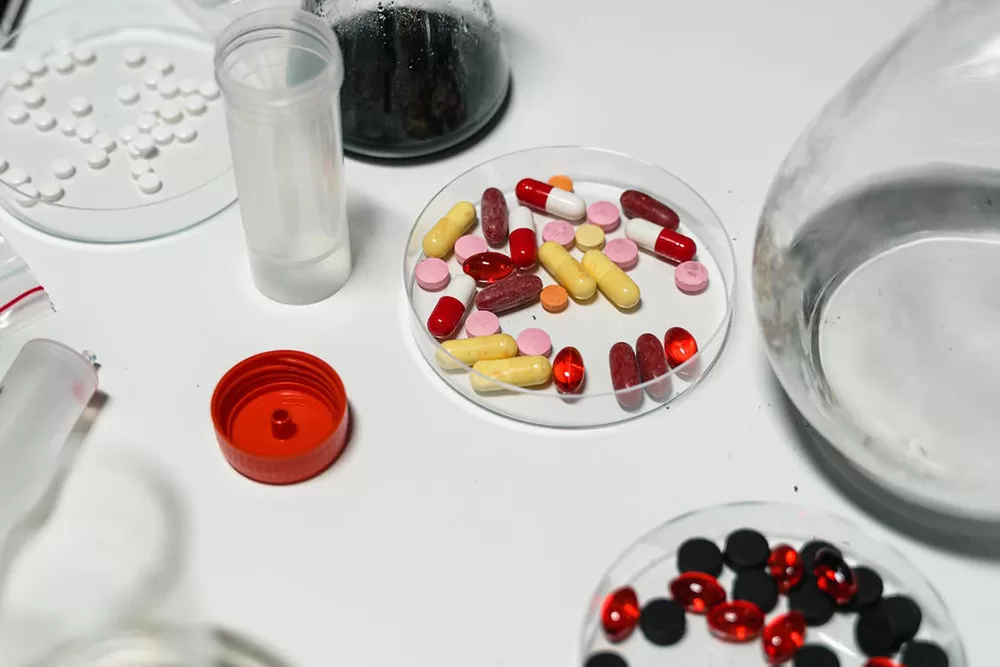
Specialty drugs and their high costs have been in the spotlights for the last several years. And, while measures to address their escalating costs have been introduced, there still is much more that needs to be done. The Inflation Reduction Act is expected to change the healthcare landscape in the upcoming years; including changes relating to coinsurance for catastrophic coverage and capping out-of-pocked spending which will be instrumental in decreasing drug costs. At the close of 2029, the federal government will begin negotiating prices for high-cost drugs which, in conjunction with other changes introduced by the legislation, will have an effect on Medicare beneficiaries relating to how drug discounts for commercial plans are negotiated. Currently, however, increasing spending for these drugs is the reality and will continue over the next few years.
According to IQVIA’s Global Use of Medicines 2023, specialty drugs account for an estimated 43% of global spending in 2027 and 56% of total spending in developed markets. Spending on global oncology products is expected to grow at a rate of 13% to 16% through 2027. As a result of this increased spending on specialty drugs, new trends are underway.
Direct and Indirect Renumeration Fees
One trend underway is the increase in direct and indirect renumeration (DIR) fees which will affect pharmacies of all types including specialty drug pharmacies and independent pharmacies. The Centers for Medicare and Medicaid Services (CMS) will be eliminating DIR fees starting January 1, 2024. Still, the industry will be plagued by negative reimbursements such as pharmacy benefit managers (PBMs) reimbursing pharmacies less than the cost to acquire drugs.
Immunology Class Drugs
Immunology class drugs have become a source of greater competition and price negotiations driven by the growing focus on novel medications designed to treat rare and orphan diseases. Proactive management of the specification and use of these medications will become a heightened area of focus.
Home Infusion Developments
While the CMS had good intentions when it enacted Medicare Part B home infusion therapy service benefits in 2021, the utilization of these services has decreased due to access challenges for patients and some of the restrictions placed on the benefit (e.g., the drug must require infusion through an external pump and professional nursing services must be physically present in the patient’s home).
Pandemic Driven Changes
The COVID-19 pandemic introduced many challenges for the healthcare industry requiring providers, pharmacies, and other related companies to pivot and adopt new operating models. Pharmacies had to adopt new technologies in order to provide virtual interactions to maintain service levels. Home infusion service providers and specialty pharmacies became even more critical due to the lower risk factors they present, and the reduced options patients had for outpatient treatments. Some of these services remain viable and in-demand even after the pandemic’s end and the reopening of traditional healthcare provider services.
Utilization Management
To tackle the high cost of specialty drugs, utilization management programs are being used with greater frequency, a trend which is expected to continue. Additionally, utilization management services will be expanded and used to monitor specialty agents with prior authorizations, step therapies, and quantity limits applied to ensure that each patient is receiving the appropriate drug therapy.
The aforementioned developments and trends, designed to keep rising specialty drug costs at bay, will be a major characteristic of our healthcare system in the years to come.


